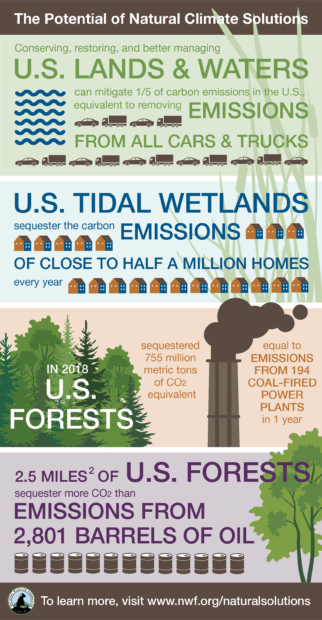We have much more to do and your continued support is needed now more than ever.
How Nature Can Help Fight Climate Change
America’s forests, wetlands, oceans, and plains are critical to the success of any climate change policy.
These landscapes have the potential to capture and store vast amounts of carbon – thus helping reduce the harmful impacts of climate change. The National Wildlife Federation’s Natural Climate Solutions Policy Platform lays out necessary policy recommendations to amplify natural climate solutions.
Opting for natural solution policies, such as conserving, restoring, and better managing these landscapes, allows us to utilize nature’s inherent ability to sequester carbon, helping reduce our carbon footprint while boosting resilience and protecting all forms of life.
Climate policies should work toward cutting greenhouse gas emissions in half by 2030, and reaching net-zero emissions by 2050 — benchmarks necessary if we are to avoid the worst impacts of climate change. Meeting these goals will require investments in natural carbon sequestration, as well as emission reductions (across all sectors of the economy) and strategies to capture emissions in industrial applications for storage or reuse.
Unlike some technological approaches, natural climate solutions are readily available, and often quite cost-effective. Plus, they support numerous co-benefits for both humans and wildlife. Let’s take a deeper look into the benefits of natural carbon sequestration when implemented into our public lands and water, wetlands, and forests.
Lands and Water
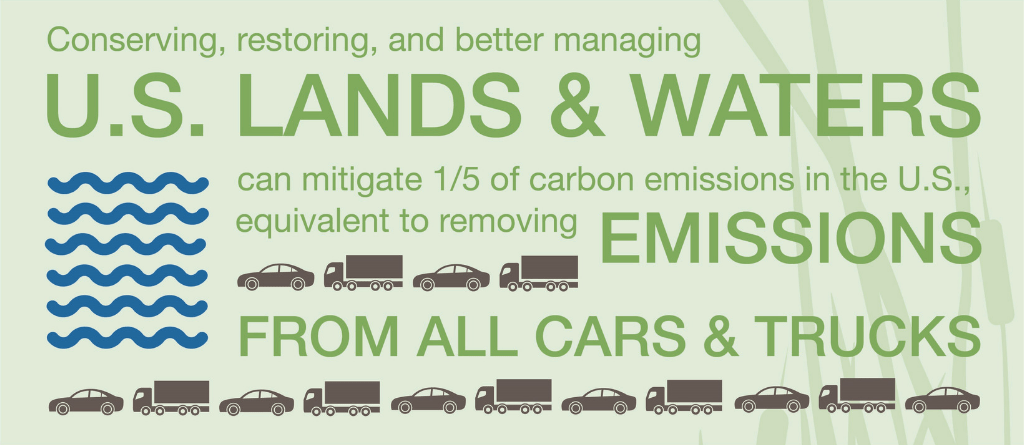
Stewardship, through conservation or restoration policies centered around land and water-based climate solutions, is important in the long-run for carbon sequestration. When natural systems are better protected, they ultimately will reduce atmospheric carbon pollution.
A 2018 study published in Science Advances investigated 21 distinct natural climate solutions to quantify the carbon mitigation potential of conservation, restoration, and improved management in forests, grasslands, agricultural lands, and wetlands. The study found that if all 21 solutions were implemented, they could mitigate up to one-fifth of the carbon emissions in the United States, which is equivalent to removing emissions from all cars and trucks on the road.
It is important to note, however, that there are significant trade-offs between managing lands and water for carbon sequestration, versus biodiversity. Growing trees or planting fast-growing invasive species in a grassland ecosystem may maximize carbon sequestration but cause negative impacts to grassland birds, pollinators, and other native wildlife. Natural carbon sequestration efforts should always be compatible with other ecological values and never undermine natural ecosystem resilience or the services and benefits natural systems provide.
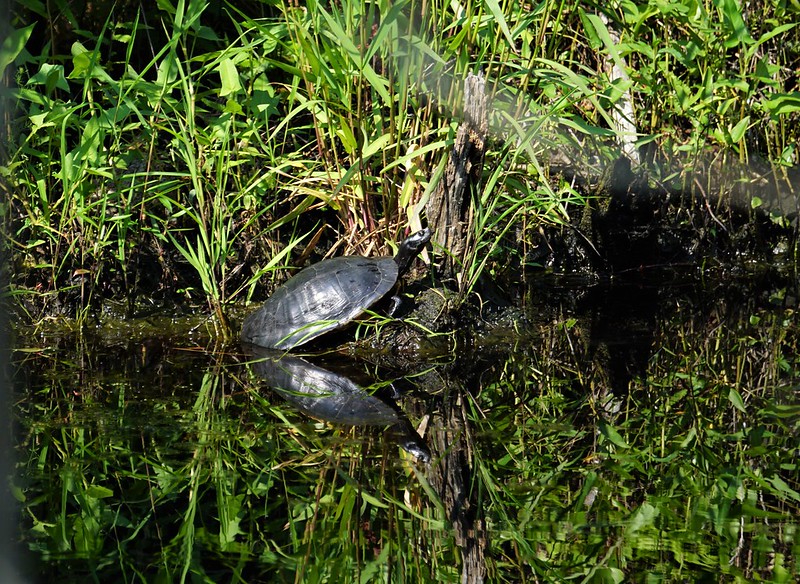
Wetlands
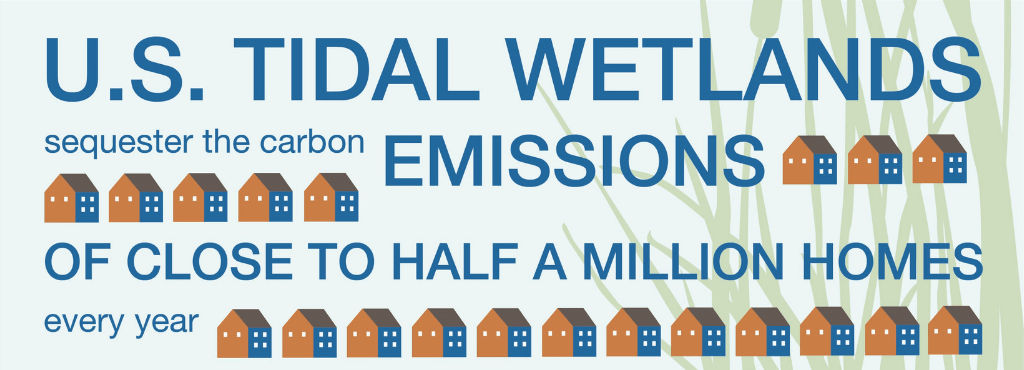
Tidal wetlands serve as a barrier for storm surges, decrease shoreline erosion, and provide nesting habitat for migratory birds and other coastal wildlife. Wetlands, which include marshes and mangroves, are among the largest reservoirs of soil carbon. In fact, U.S. tidal wetlands can sequester the carbon emissions of close to half a million homes every year. Tidal wetlands make up only 2 percent of earth’s oceans surfaces, but are responsible for 50 percent of annual carbon burial in the oceans, according to a study published in Nature Communications.
Our wetlands are a great example of a sustainable solution to naturally mitigate carbon emissions. The 2019 study assessed carbon accumulation rates in tidal wetlands in the conterminous U.S., upscaled to the national level to forecast carbon accumulation trends under climate change. Researchers found that the ability of wetlands to sequester carbon is highly resilient, even under projected sea level rise.
Forests
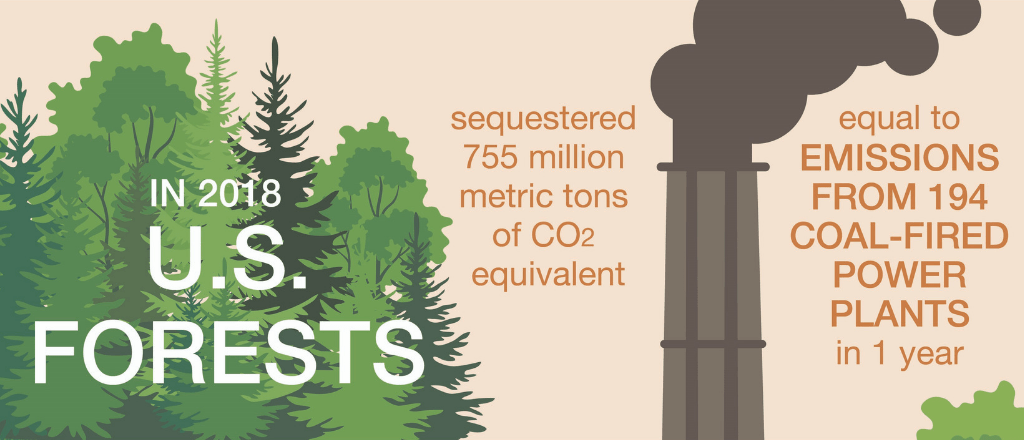
Our forests are another great source for naturally removing carbon in a relatively fast, reliable, and cost-effective manner. In 2018, U.S. forests sequestered 755 million metric tons of carbon dioxide, equivalent to emissions from 194 coal-fired power plants in one year.
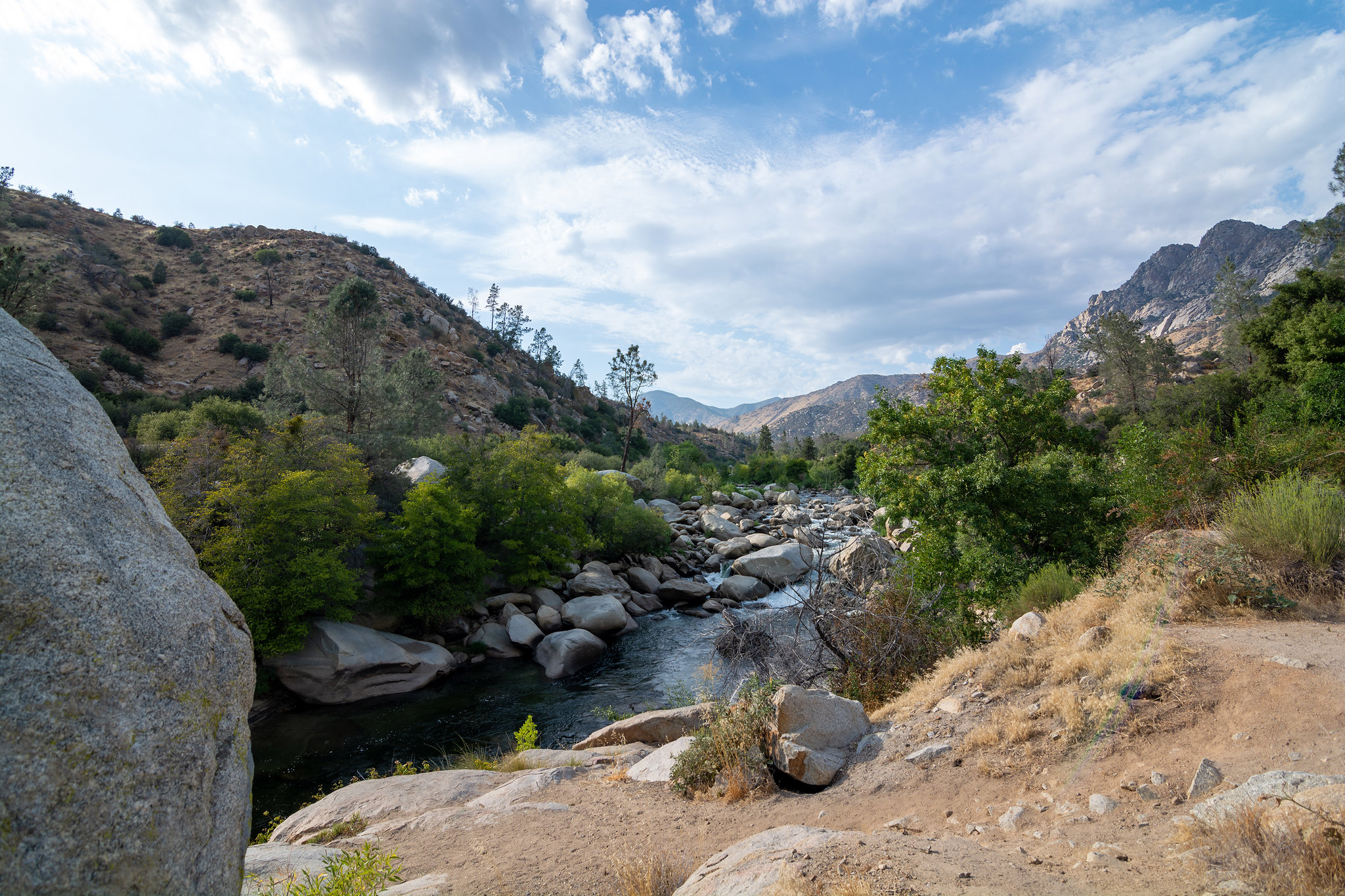
Just a 2.5 square mile section of U.S. forest can sequester more carbon dioxide in a single year than emissions produced by 2,800 barrels of oil (you can explore other carbon emissions equivalencies with the EPA’s Greenhouse Gas Equivalency Calculator).
This is why increasing ecologically appropriate forest reforestation, investing in climate-smart forest management, and preventing deforestation are all important steps to ensure our forests continue acting as a natural climate solution.
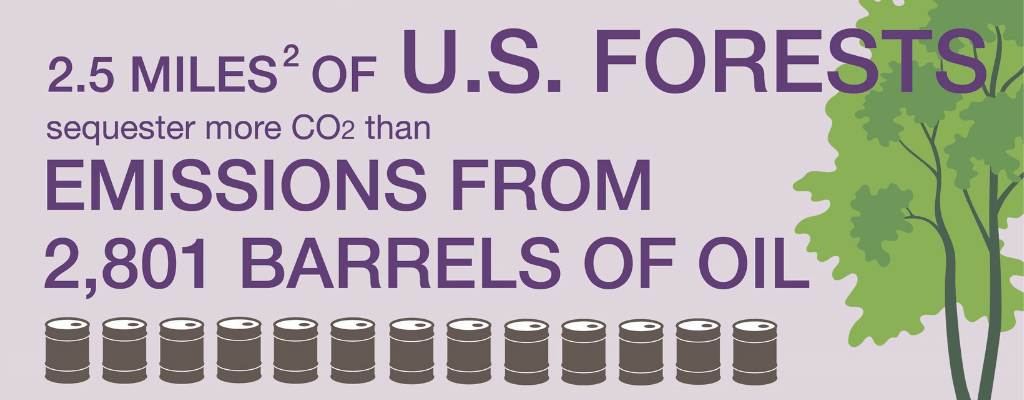
All in all, natural climate solutions are a powerful, sustainable, and cost-effective way to remove carbon emissions from the atmosphere. Benefits provided by natural carbon sequestration depend heavily on policy, programs, and large-scale implementation, which is why it is important for Congress to take into account the value of supporting natural climate solutions.
To read more about how natural climate strategies can help protect people and wildlife check out these stories. This blog is a part of a series on Natural Climate Solutions. More blogs in the series:

